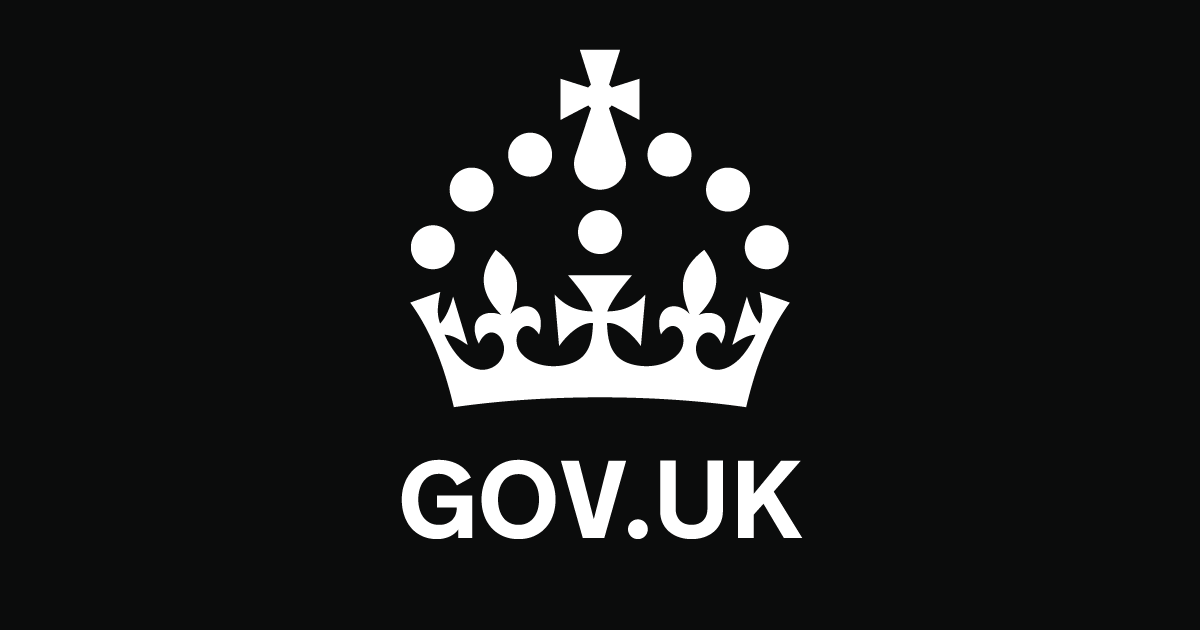There have been threads in the past (now locked)
Today DfT released some numbers and it included this (national rail excluding Elizabeth line) latest period 3rd Feb to 2nd March
If some days are at 98% of 5 years ago (pre covid) then surely there must be pressure to restore some of the cut services, or is there a deliberate policy of making rail overcrowded and unattractive option these days if capacity is struggling.
Wondered what others think, especially when some operators eg SWR are running half hourly 8car trains (which 5 years ago were every 15 minutes and 10cars). Yesterday my local line had some 2car Cardiff-Portsmouth trains at evening peak hour (which 5 years ago were 5car), all seems inconsistent with average usage of upto 98% of pre covid.
The cynic in me also wonders why these have been slipped out quietly, along with other releases on a Wednesday lunchtime (when everyone is focused on Primeministers Questions).

www.gov.uk

